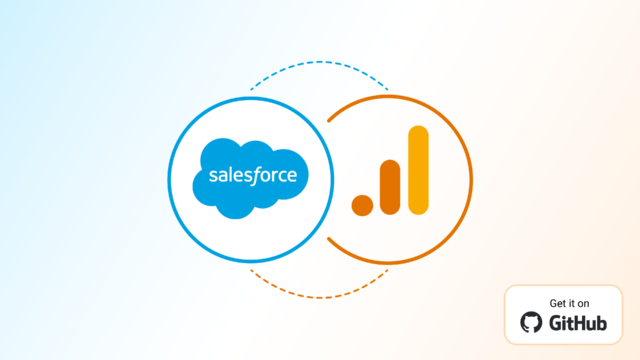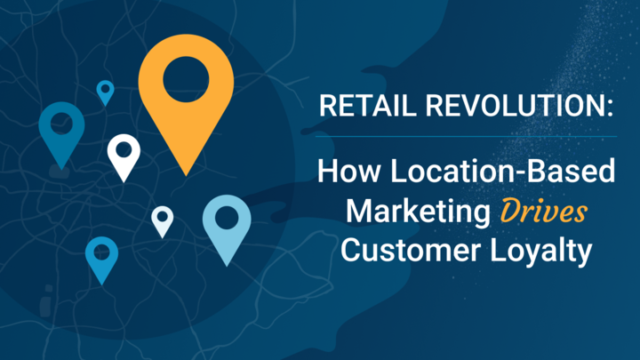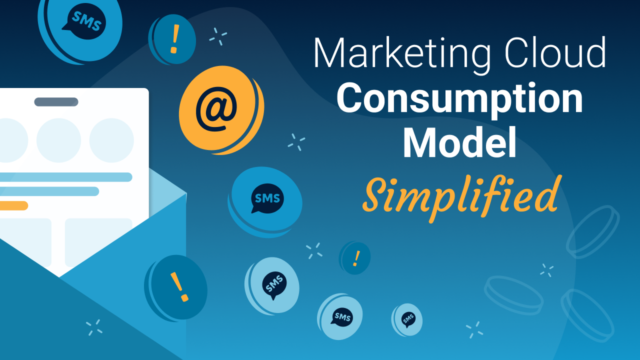The world of business-to-business (B2B) and business-to-consumer (B2C) is filled with data and analytics. However, connecting the dots between different data sources can be a challenging task. In today’s world, most prospect and customer interactions happen offline, and you need to stitch together multiple data streams into a single place to get a complete picture. One effective way to simplify this process and gain a comprehensive view of your customer journey is by integrating Salesforce with Google Analytics 4 (GA4). In this article, we explore four distinct benefits this dynamic duo offers, including refining your marketing campaigns and gaining a deeper understanding of customer behaviour.
A Holistic View of Customer Interactions
Data points in a CRM like Salesforce typically concentrate on sales activities, qualified leads, and finalized deals, while Google Analytics focuses on website metrics such as user engagement, session times, and conversion rates. When these platforms operate in silos, you may not get a complete picture of customer engagement. However, integrating Salesforce with GA4 allows you to track the entire customer journey from the first website visit to deal closure. This 360-degree view can help you understand how various touchpoints contribute to conversions and long-term customer relationships, providing valuable insights.
Budget Allocation Based on Real Conversion Data
Traditional marketing evaluation methods often rely on surface-level data such as clicks or form submissions. This limited insight can paint an complete picture of conversion data and lead to inefficient spending. By integrating Salesforce data – which can include actual sales and revenue – into GA4, you gain a precise understanding of which campaigns generate not just leads but actual sales. With this granular detail, you can reallocate budgets to the most effective campaigns, reducing waste and boosting your ROI.
Deeper Insights into Customer Behavior
Both Salesforce and GA4 provide valuable information about customer behavior, but in different contexts. Salesforce can show the lifecycle of individual customers, while GA4 provides aggregate data on how groups of users interact with your website. Merging these two sources gives you the best of both worlds: a macro and micro understanding of how customers engage with your brand. You can identify patterns in behavior that lead to sales, high-value customer segments, and the types of content or offers that are most effective.
Improving Attribution of Offline Conversions
In today’s omnichannel world, not all conversions happen online. For instance, a customer might discover your product on the internet but decide to make a purchase in a physical store. Standalone analytics tools may overlook this offline activity, but integrating Salesforce with GA4 enables you to keep track of it. Whether it’s a customer service interaction or an in-store purchase, Salesforce records can feed this data into GA4. This allows you to observe how different channels contribute to offline conversions and ensure that you give due credit to all your marketing efforts.
Introducing Salesforce and Google Analytics 4 Integration
CloudKettle’s Salesforce and Google Analytics 4 Integration uses Marketing App Extensions to send offline data to GA4, providing a complete view of your customer journey and insights into customer behavior. The setup process is straightforward if you follow the steps in the implementation documents we’ve provided. With all the necessary information included, you can easily leverage this free solution without needing any third-party platform.
Conclusion
In a data-driven world, business decisions are only as good as the data that informs them. Integrating Salesforce with Google Analytics 4 can unlock a wealth of insights, empowering you to make smarter, more effective decisions across the board. This synergy doesn’t just enhance your understanding of what’s happening; it also provides you with the tools to shape what happens next.



